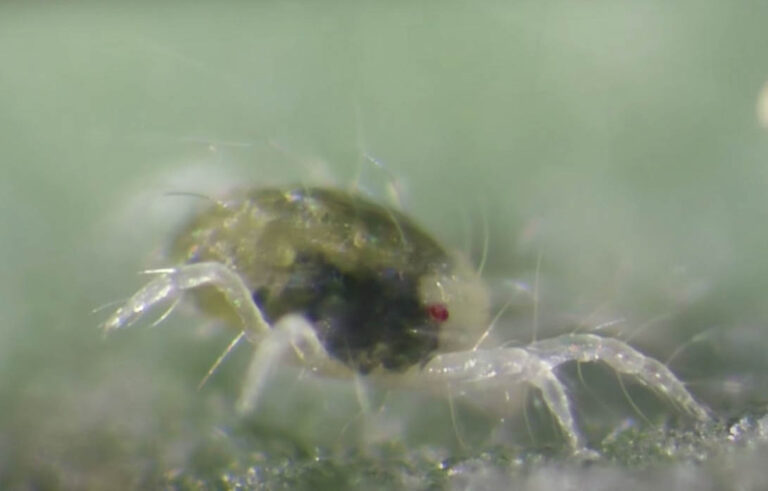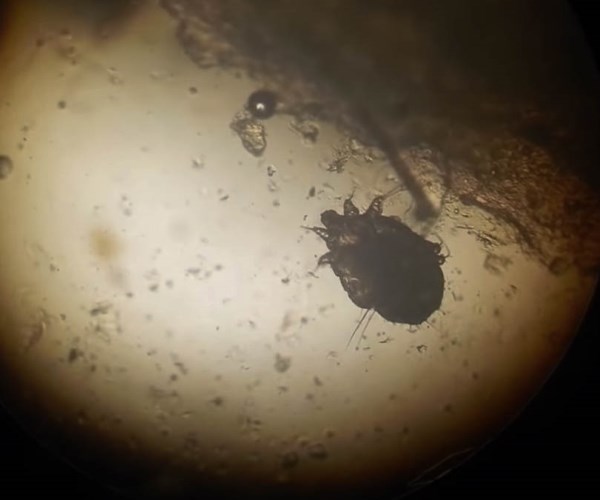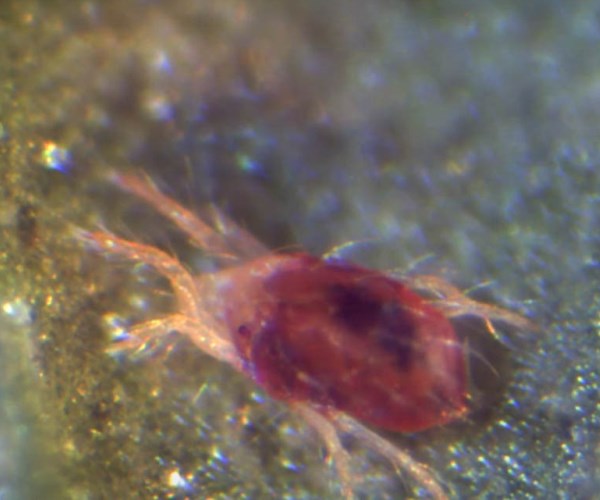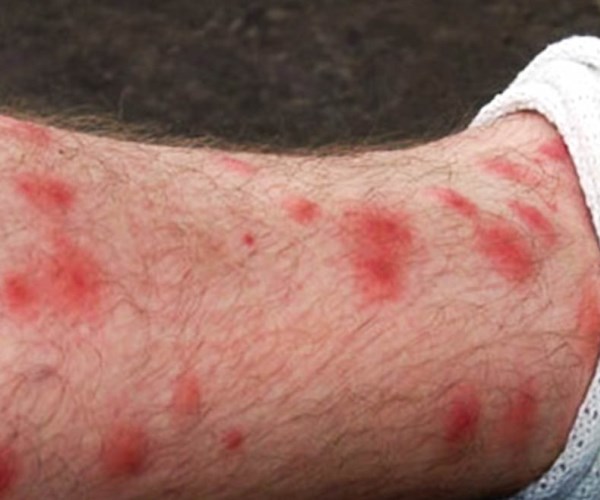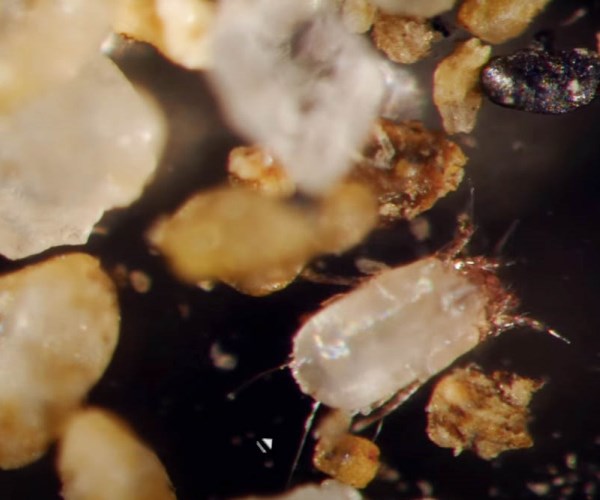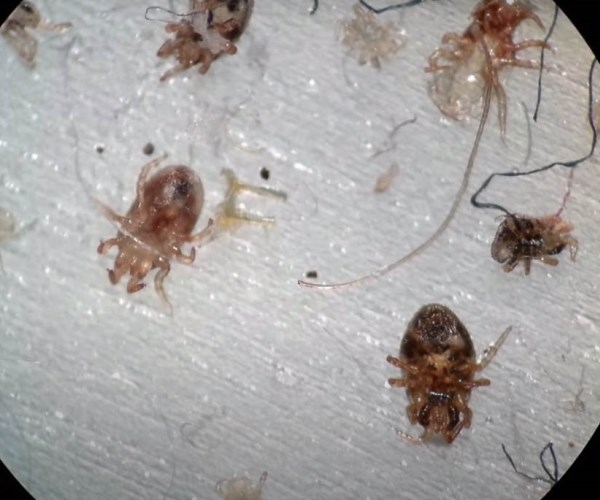About Clover Mites
About Clover Mites
There are a lot of mites out in the world, and scientists have been able to identify over forty thousand unique species of mites. Many of these mites are hard to come by, but the clover mite is not one of them. In fact, clover mites are one of the most commonly found mites in North America, and you might have several already living near your home!
Appearance
Like all mites, clover mites are very small. Members of this species rarely exceed 0.8 millimeters in size. This makes them smaller than the thickness of a penny. As a result of this, clover mites can’t be seen with the naked eye unless you’re actively looking for them. Yet thanks to the brilliant work of scientists around the world, we now know what these mites look like up close. Clover mites are said to be a brownish-red color, though they can also be greenish-brown or orange in color.
These mites have small oval bodies, much like other mite species. They also have eight legs sprouting from their bodies, making them resemble the spiders and ticks that they’re closely related to. Their two front legs tend to be particularly long, so they appear to resemble antennae.
Behavior
A lot of mites cause serious discomfort, and they can cause a lot of problems for people. Dust mites, for example, are the cause of dust allergies, and they can lead to asthma and eczema. Chigger mites, on the other hand, can bite people, leading to itching, blisters, rashes, and even some diseases.
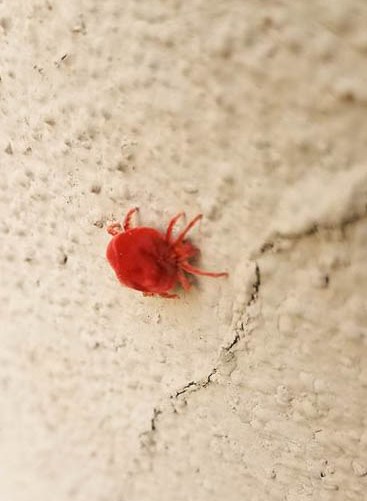
The clover mite, thankfully, isn’t like this. These mites aren’t a danger to people, and they’ll never bite. That’s because clover mites exclusively feast on plants, and they prefer to eat tufts of grass, clovers (hence the name), dandelions, and plenty of others.
This might seem like a serious cause for alarm, especially if you’ve spent a lot of time working on a garden. Yet it turns out that clover mites don’t do much damage to gardens either, and they’ll usually just leave a silver marking on your plants.
In recent years, clover mites have started invading people’s homes. Yet this is nothing to get worked up about either. That’s because these mites can’t survive for long in your home. So they’ll mostly be dead by the time you realize they’re even in your home. Even if they aren’t, you can quickly remove them by calling a professional pest control operator or taking a few simple steps like removing nearby vegetation.
Life cycle
Like most other mites, the clover mite goes through four stages in its life. These are the egg stage, larval stage, nymph stage, and the adult stage.
The egg stage is very uneventful and involves the mite emerging from its tiny egg.
During the larval stage, these mites are entirely focused on eating to grow larger.
The nymph stage is similar to the adult stage, but nymphs are usually a bit smaller and aren’t able to reproduce yet.
Finally, clover mites enter the adult stage and are able to lay eggs and have children.
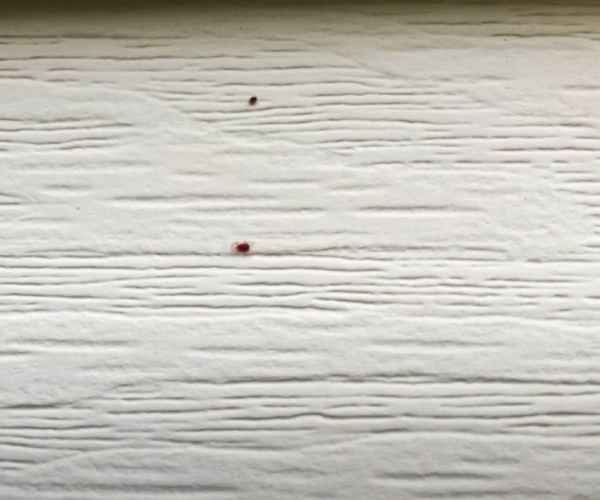
Scientists have come to realize that clover mites reproduce parthenogenetically. That means that the entire clover mite population is female. These females all lay eggs which are essentially copies of themselves.
If that wasn’t incredible enough, clover mites are able to lay seventy eggs a day. Given that the entire population is female, you can imagine how quickly they can multiply and spread.
Despite this, these mites have very short life spans. In fact, experts at the University of Florida say that a generation of clover mites will only live for a single month.
Habitat
Clover mites can be found all over the world, except in Antarctica. That’s because these animals are very sensitive to climates, and can only live in climates between 75℉ and 100℉.

